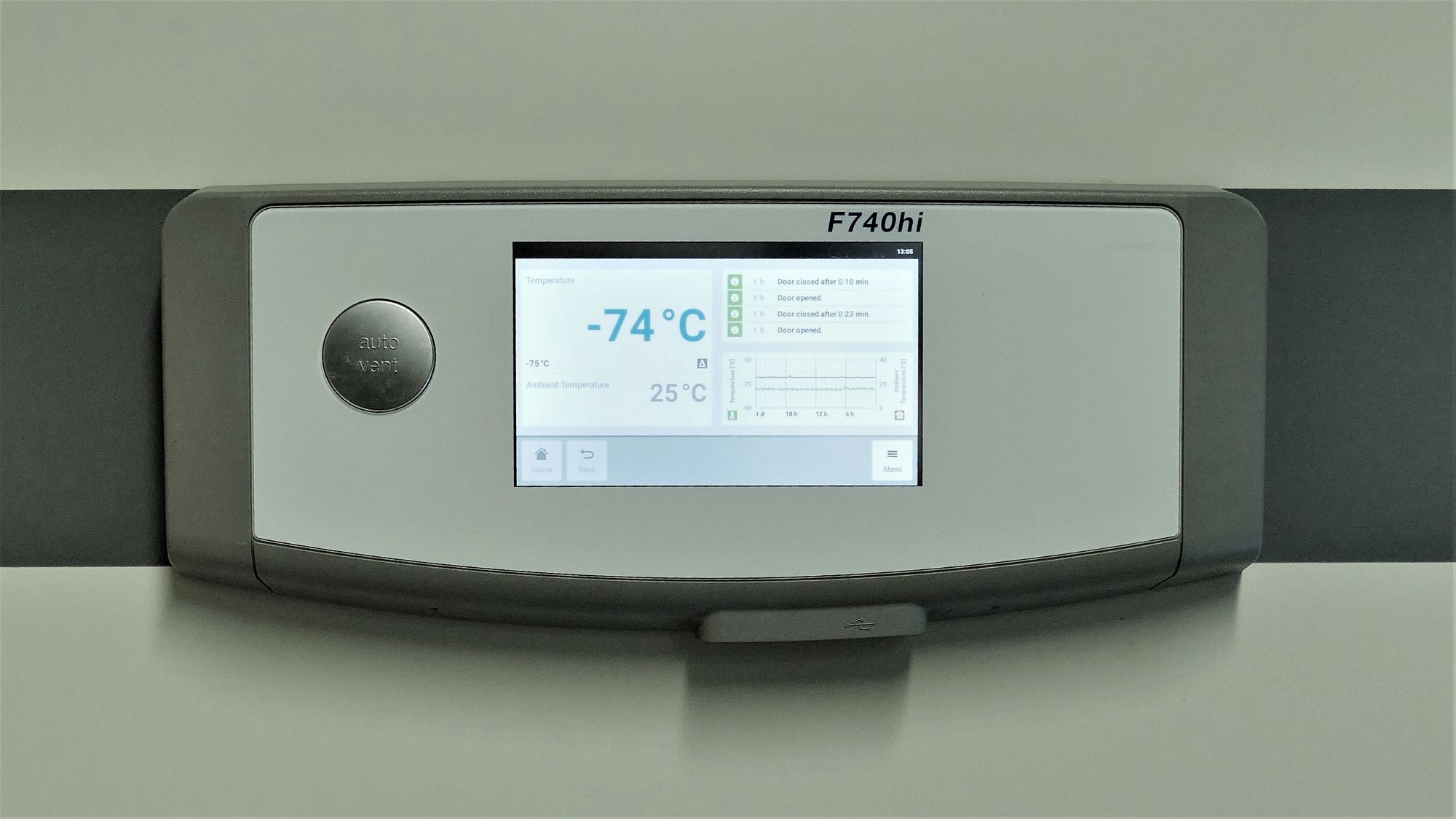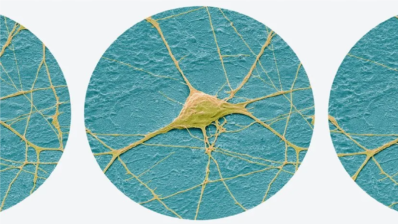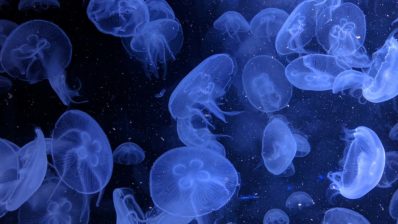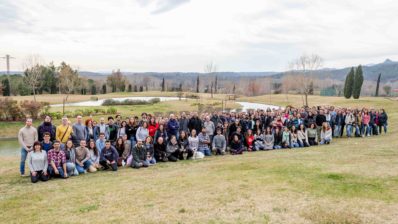Is -70°C back on trend? ULT (ultra low temperature) freezers are nowadays usually set at a temperature of -80°C or even -86°C. However, 15 years ago they used to be set between -65°C and -70°C. Now, the Freezer Challenge movement is promoting a return to this temperature. The reason is simple: such a small change reduces the laboratory’s energy costs, reduces the carbon footprint and extends the lifetime of ULT freezers.
Freezer Challenge
The Freezer Challenge is a partnership initiative between My Green Lab and the International Institute for Laboratory Sustainability. It is a competition that promotes more sustainable behaviour within laboratories and teaches how to be more energetically sustainable.
The challenge proposes a number of measures, such as setting the temperature of ULT freezers to -70°C, which provide points to laboratories that comply with them. In this way, participation in the challenge brings numerous benefits:
- Reducing laboratory energy consumption, costs and environmental impact.
- Learning and applying proper laboratory maintenance techniques
- Eliminating unneeded or unviable samples to free up space
- Reducing maintenance costs
- Improving researcher access and safety of samples
- Developing ongoing practices that promote efficiency and maximise the utility of space
What is the temperature at the PRBB?
In the Barcelona Biomedical Research Park (PRBB) there are already laboratories that have taken the decision to increase the temperature of ULT freezers. Casandra Villava, researcher at the European Molecular Biology Laboratory – Barcelona (EMBL Barcelona) explaines that “at EMBL there are only two ULT freezers. Initially, we set the temperature in both freezers at -70ºC, as this 10 degree difference saves 30% in energy consumption“. However, Casandra says that the alarm was sounding quite frequently and caused a great deal of nervousness among the researchers. As a result, EMBL’s ULTs are now at -75°C.
There is widespread concern among scientists about whether samples are properly preserved at temperatures above -80ºC
And there is indeed widespread concern among scientists about whether samples are preserved at -70ºC and -80ºC alike. Natalia Artigas, a researcher at the Department of Medicine and Life Sciences (MELIS-UPF), is grappling with this fear. “Some time ago I did a survey and passed out information to see if people would be in favour of increasing the temperature of ULTs, but I met with some reluctance and we haven’t made a decision yet”, she says. However, Natalia also clarifies that there is a lot of evidence of stability of DNA, RNA, virus and plasma protein samples at these temperatures.
The experience of Núria Somoza, a researcher at the Hospital del Mar Medical Research Institute (IMIM) and coordinator of the Core Facilities, the Biobank amogst them, is completely different. She says that “in 2012, 10 years ago, we took the decision to set the temperature of the ULTs at -75ºC for sustainability and economic reasons, and because there was no scientific reason to keep the samples colder. Since then, no one has questioned the decision”. In addition, Núria points out that “we have 65 freezers, but the emergency ones are programmed at a higher temperature, -65ºC or even -55ºC“, which saves even more energy.
Becoming more sustainable in the lab
Sustainability can be integrated into the laboratory in many ways. Adopting measures that at first glance seem very simple can have a big impact. Natalia comments that “everything you apply at home can be transferred to the lab. Just as you don’t leave the dryer running when you’re not using it, you don’t need to have a centrifuge at 4ºC all the time”. She also talks about waste management: “Not all plastic used in laboratories is hazardous to health, so it can be recycled in normal yellow containers,” she adds.
Casandra, for her part, emphasises the importance of taking care of ULT freezers and suggests keeping a good record of the stored samples and a good labelling because “this makes it much easier to find the sample, and we spend less time with the door open and losing cold and, therefore, energy”. She also comments on other measures such as scraping the frost off the walls of the ULTs or defrosting them frequently.
There are also actions that, although they are more difficult to establish, represent very large energy savings. For example, Núria comments that “nitrogen tanks are not freely accessible. We have set a timetable for access each week so that we can bring together all the staff who need them and not have to open them constantly”. Bearing in mind that the temperature in these tanks is -196ºC, it is easy to imagine the amount of energy that can be saved with this measure.
Making decisions and implementing more environmentally friendly measures, however small, can help promote and care for sustainability within laboratories. Change is in everyone’s hands.







